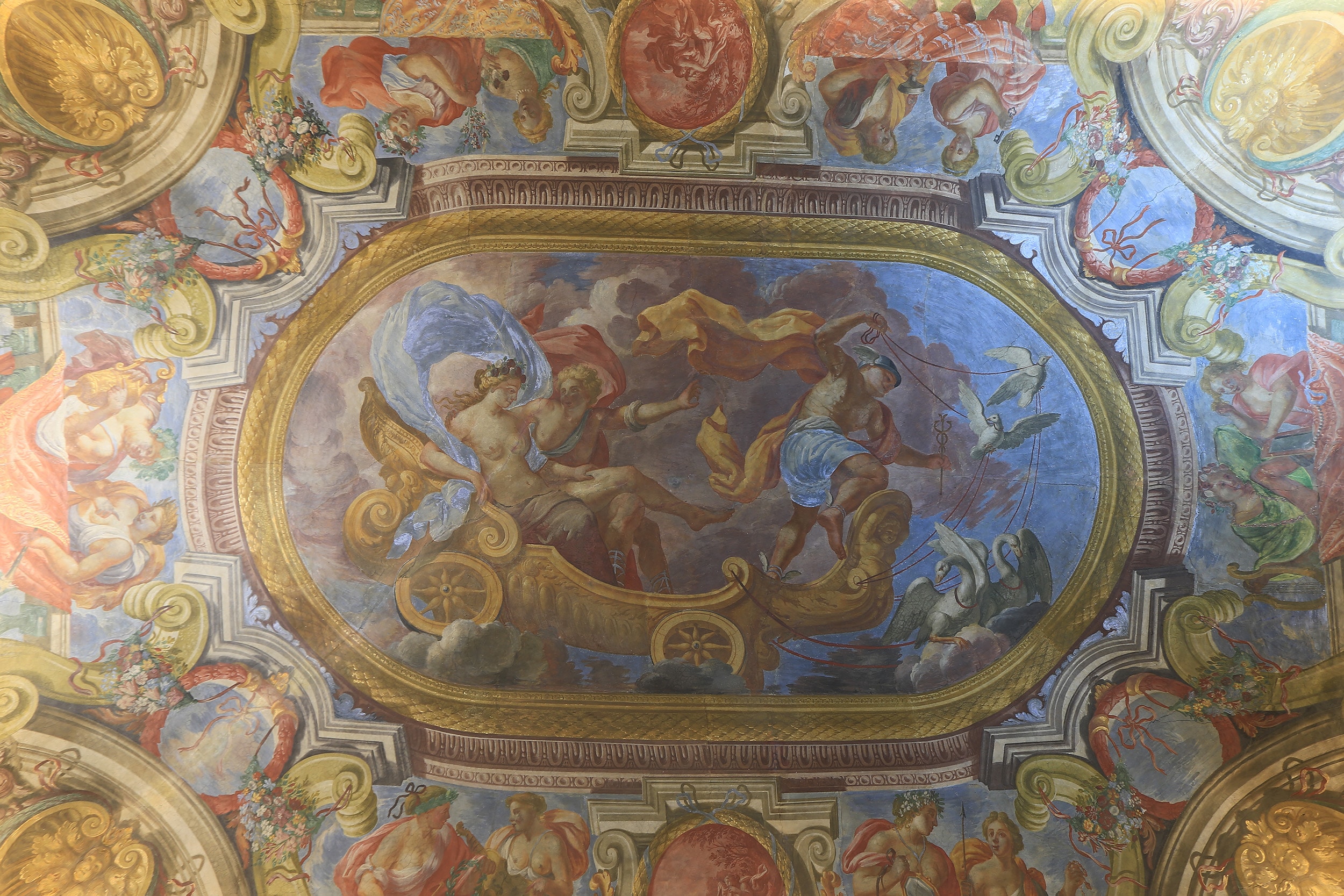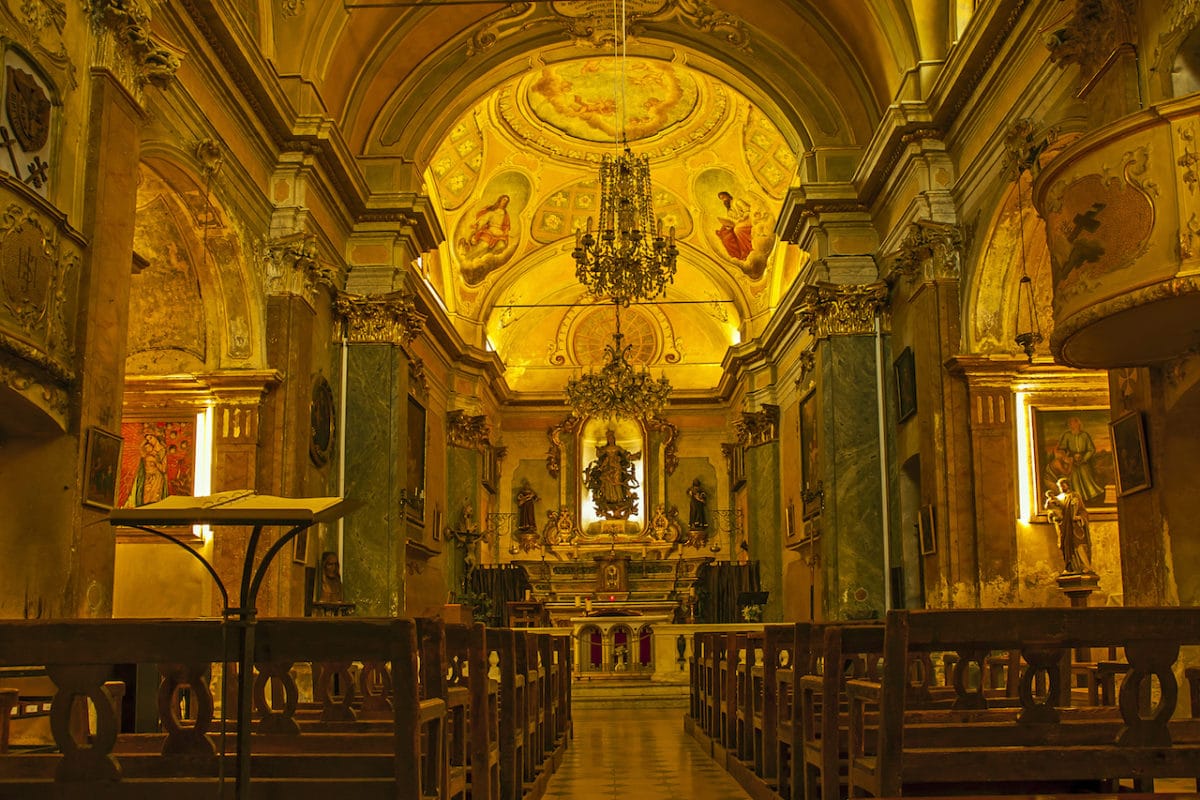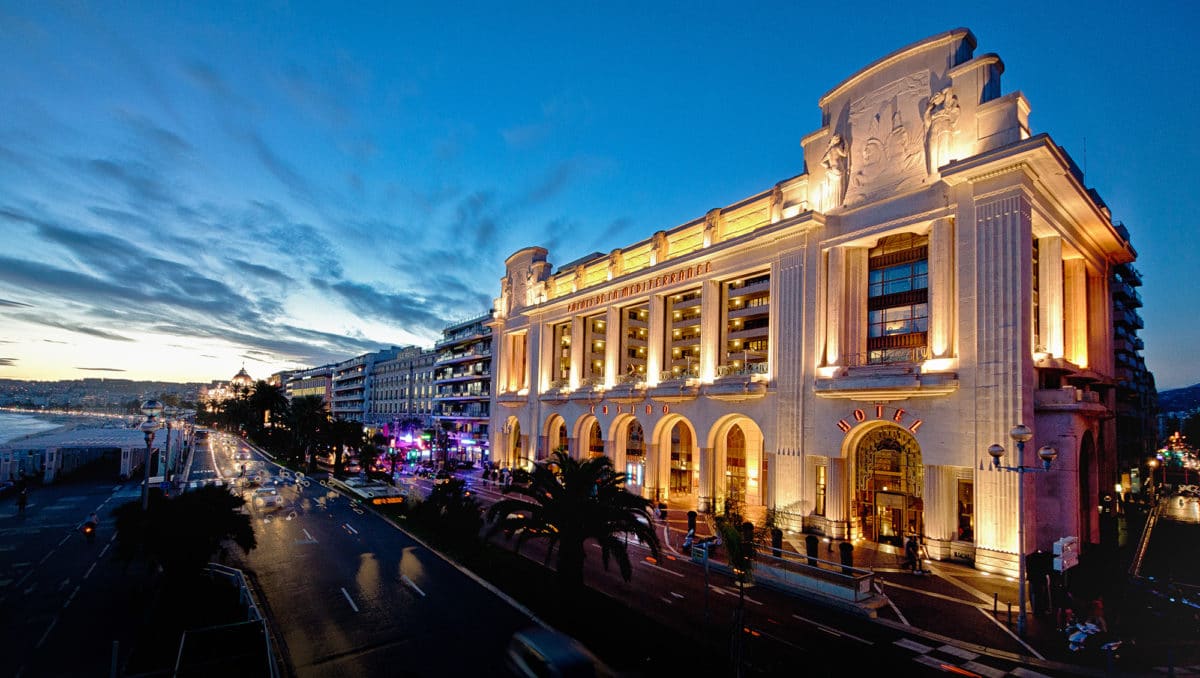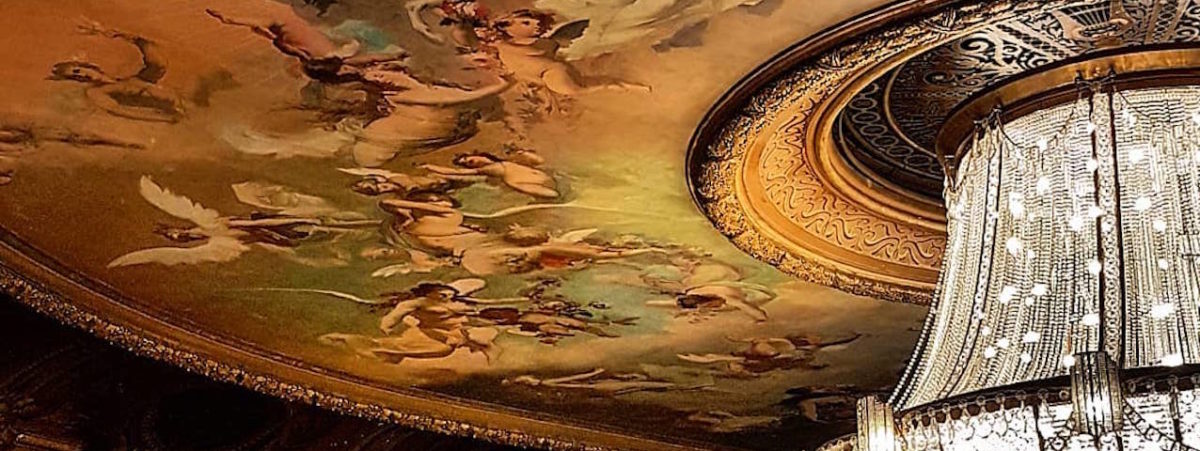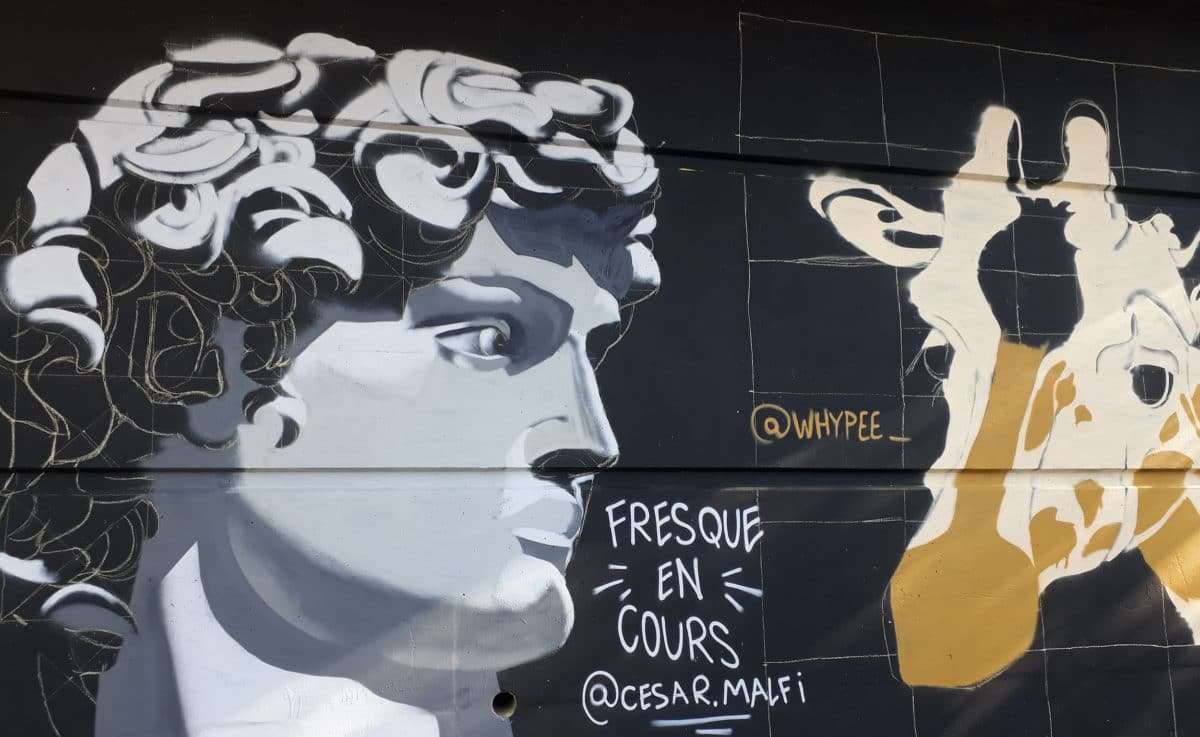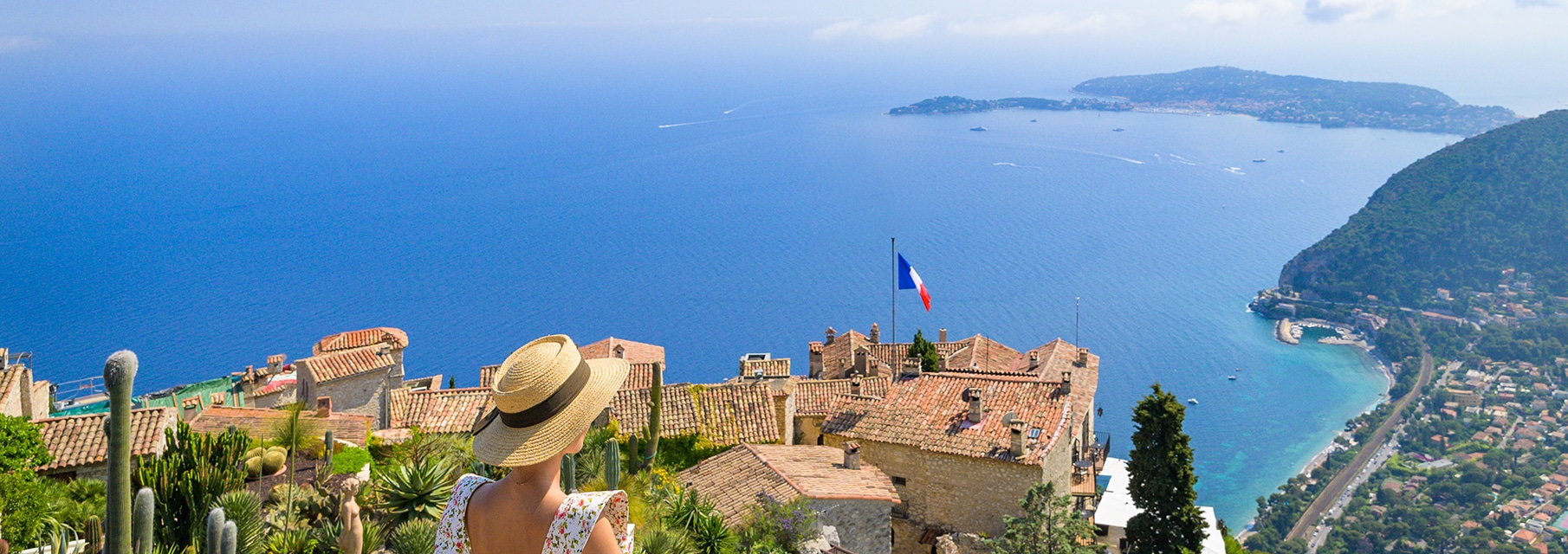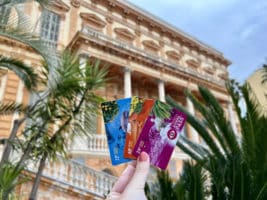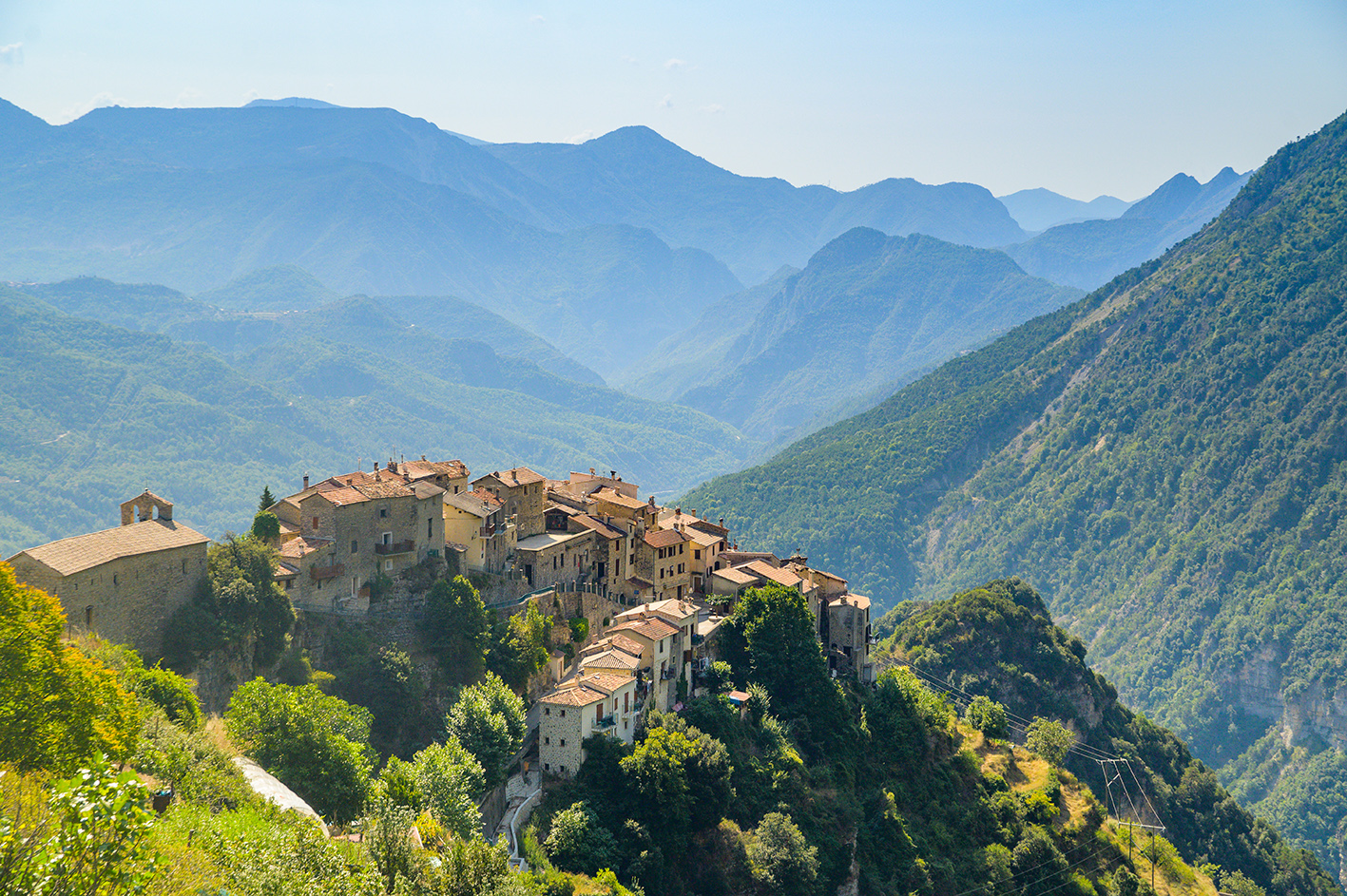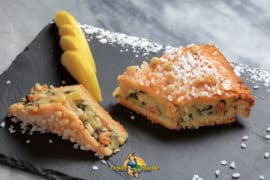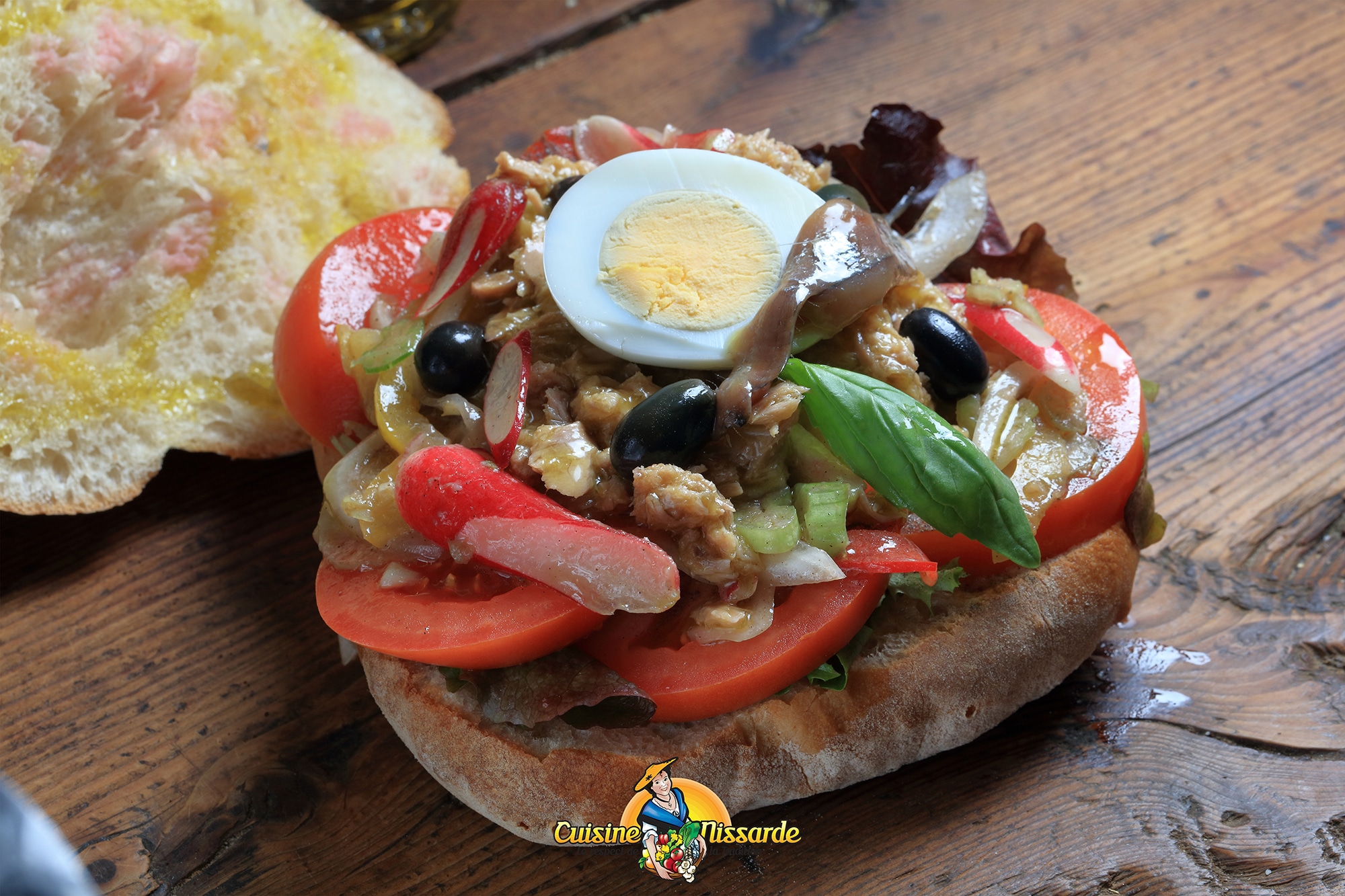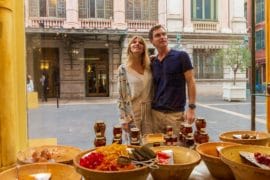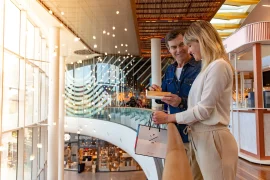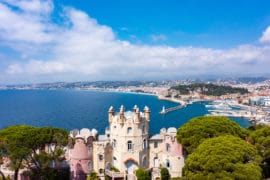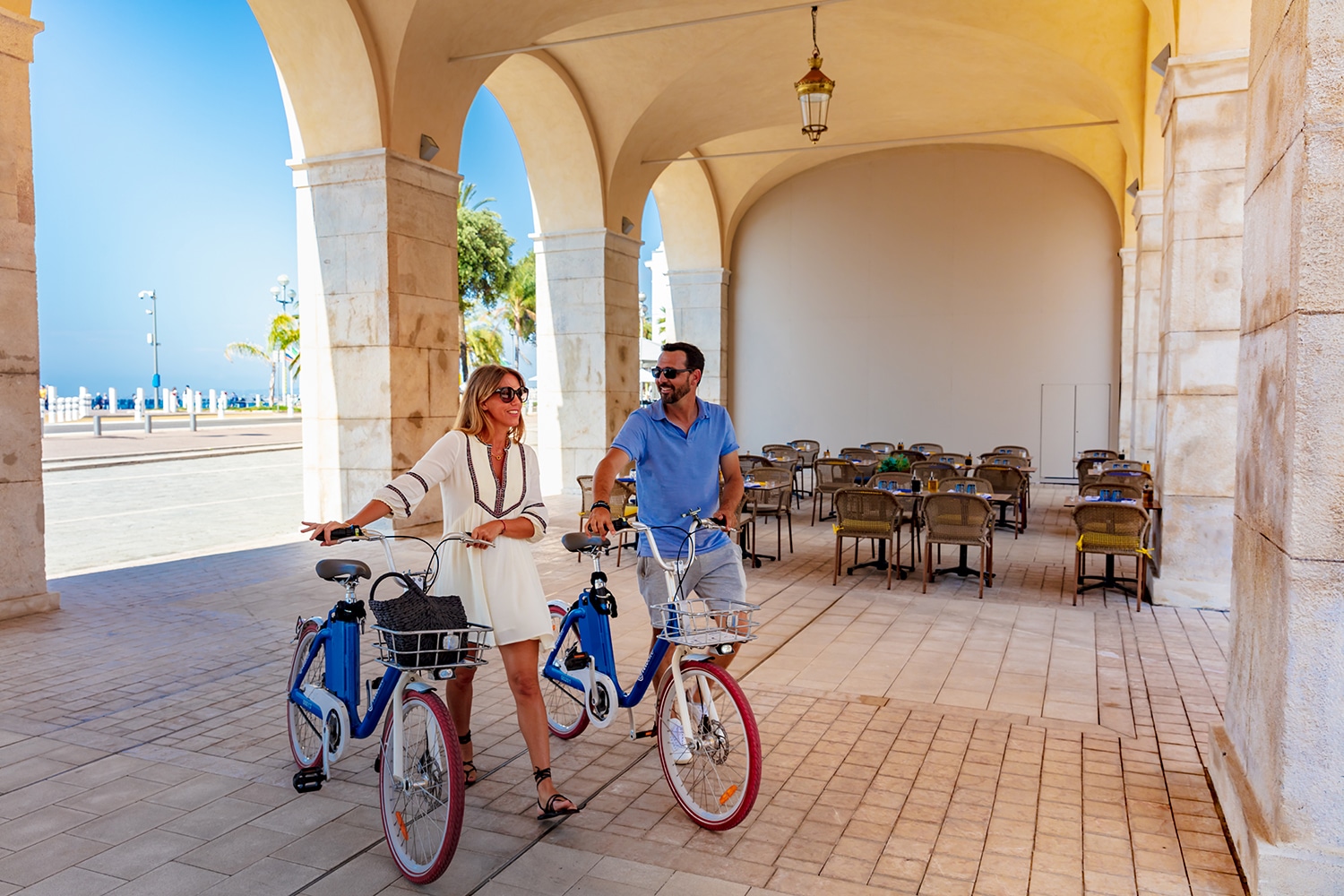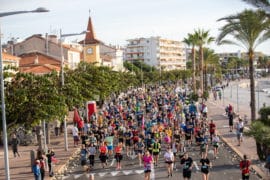Nice, the baroque spirit
3 September 2023
Having left Italy at the end of the 16th century, the Baroque movement found a new home in the Nice region. The architectural, secular and religious heritage of the Niçois region is a testimony to this.
Baroque in the true sense of the word came to an end at the end of the 18th century, but in Nice, its spirit remains very much alive. I will take you with me to visit three of the many masterpieces of which Nice can be proud. A palace, a cathedral and a square… Three radically different but nevertheless remarkable and representative examples from this period.
1 – The Palais Lascaris, the little Versailles in Nice!
An exceptional illustration of the civil baroque of Nice, the Palais Lascaris is today a museum with the Musée de France label, dedicated to art and ancient musical instruments.
In the heart of the old town, the Lascaris Palace is a jewel of Genoese Baroque architecture. Built from 1648, it was the residence of the Lascaris-Ventimiglia family until 1802. The palace was bought in 1942 by the City of Nice, which restored it and set up a municipal museum of regional folk arts and traditions.
The façade of the palace does not prepare us in any way for what we will discover inside. Due to a lack of perspective, we could pass by this former aristocratic residence without noticing it. Certainly, the window frames with pediment and drapery and its balconies worked in carrara marble show a certain refinement and a desire for theatricality. Are you ready to discover with me what lies behind this monumental door?
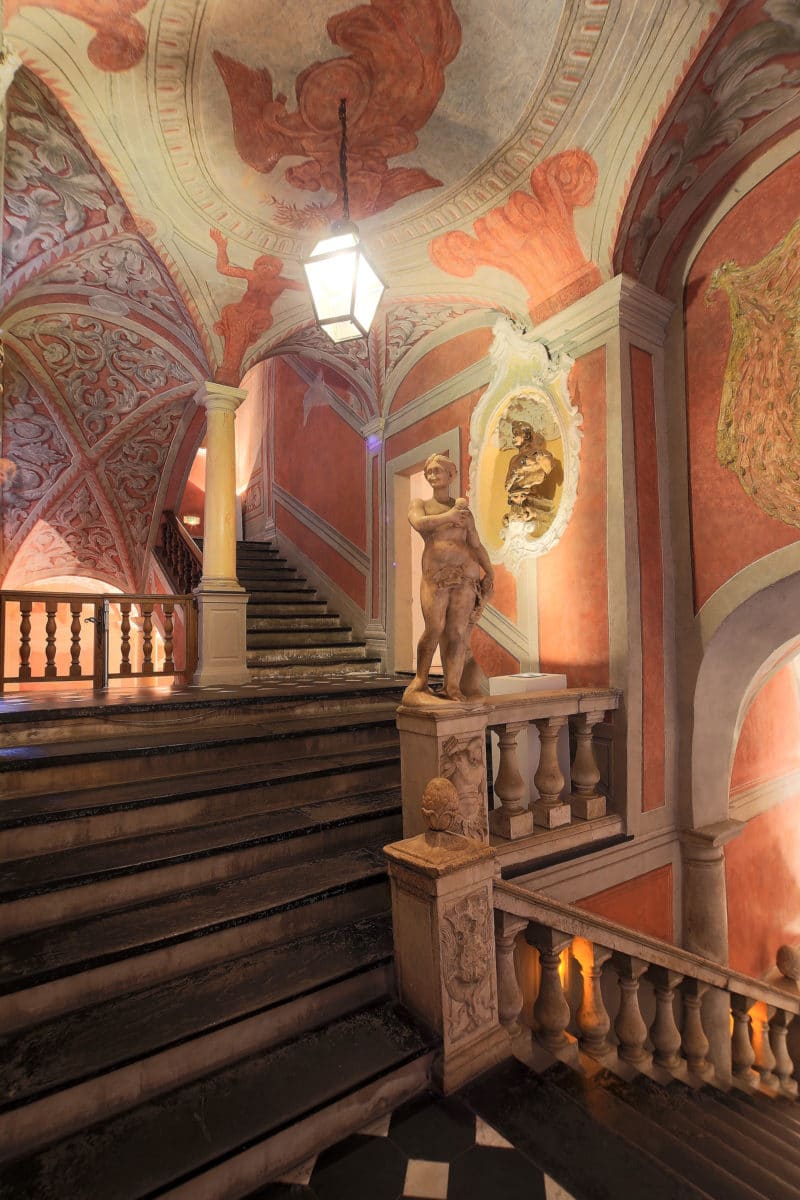
@OTM NCA / J.Kelagopian
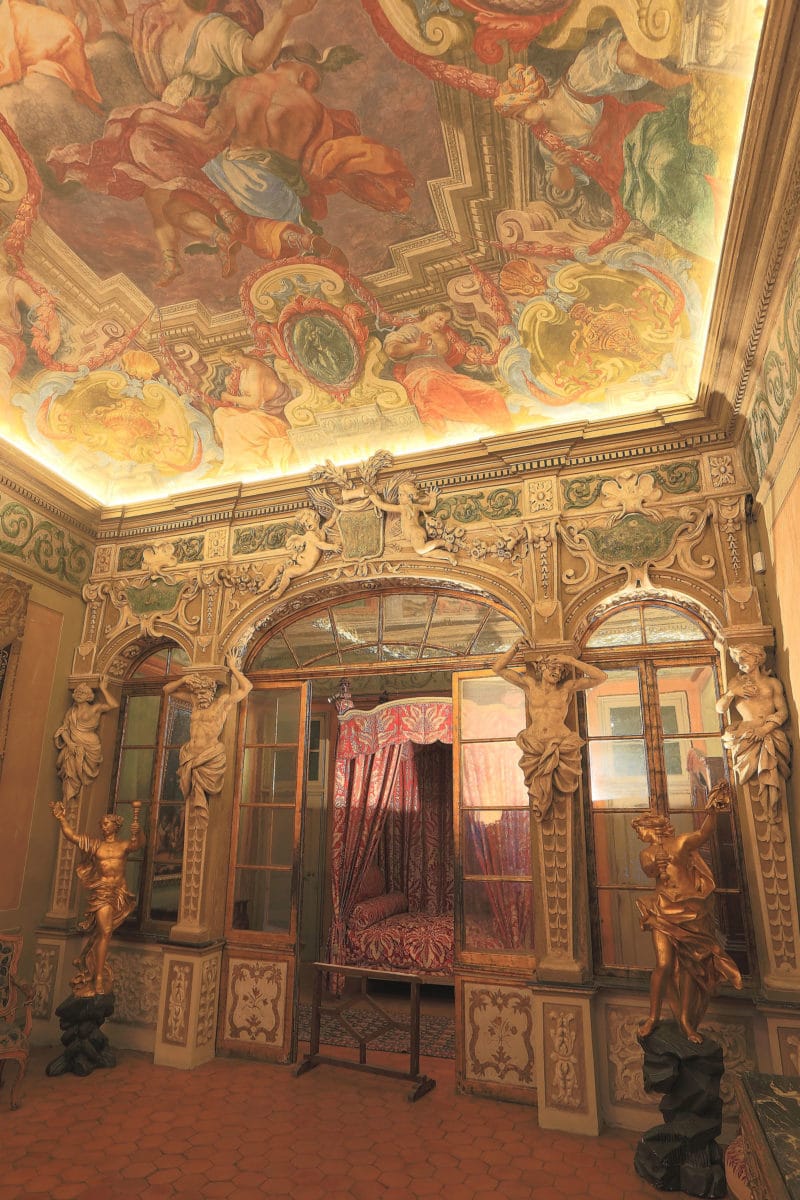
@OTM NCA / J.Kelagopian
Inside, we discover a grand entrance hall and staircase with walls and ceilings richly decorated with trompe-l’oeil, statues, balusters and arcades. It is at this precise moment that I ask myself the question: Between the content and the container, which will be the most spectacular? The building itself or the collections on display? I cannot decide yet, and I tell myself that the hallmark of the Baroque is the exuberance and profusion of decorations…
I walk through the salons on the first floor, decorated with gilding, splendid paintings and rich tapestries. I don’t know where to look: the ceiling, the walls, the furniture, the harps, harpsichords and other musical instruments (one of the most important collections in Europe)? I then progress to the second level, known as the noble floor, which houses the ceremonial apartments. The ceiling frescoes on the theme of mythology, such as the Fall of Phaeton struck by Jupiter, the gilding, the stuccoes and the refined furniture give this building its status as a palace. Architecture, decorative arts, sculptures, paintings and music… Here, art abounds and fills our soul. Sumptuous!
2 – Sainte-Réparate Cathedral, one of the most visited sites
In the maze of Vieux-Nice, a dozen religious buildings bear witness to the influence of the various periods of the Baroque movement: Jesuit Church, Chapel of Mercy, Church of Saint Francis of Paule, Chapel of the Holy Cross… and of course the Cathedral of Sainte-Réparate whose façade plays with light to better guide our gaze towards heaven, towards the sacred.
Completely restored in 2011, the Cathedral Sainte-Reparate is a very assertive baroque jewel. As beautiful on the inside as it is on the outside! Classified as a Historic Monument in 1906, the Cathedral Sainte-Réparate is the seat of the diocese of Nice. It is wedged in the narrow streets of the old town but benefits from an opening on the Place Rossetti, a very popular area for tourists and locals alike (when you visit, don’t miss out on a speciality from Fenocchio, the famous local ice-cream parlour).
The cathedral has an Italian Baroque façade which was veneered on the original façade around 1830, decorated with the four founding saints of the Church of Nice. At the back and visible from afar, its surprising dome is covered with 14,000 glazed tiles in yellow, green and ochre colours, emblematic of that period and of our region.
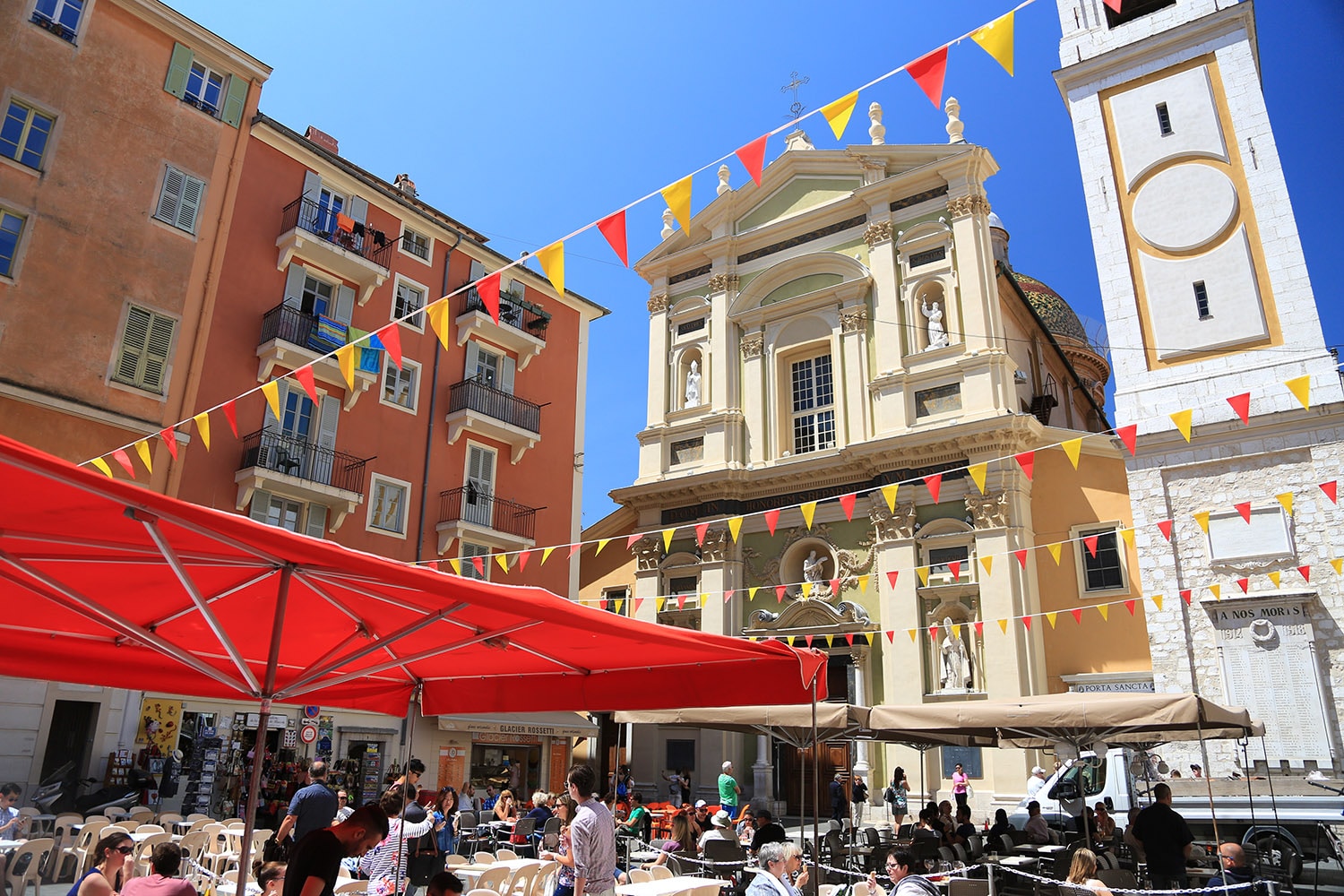
@OTM NCA / Lisa del Sol
It would be a real shame not to enter, especially as the interior is also decorated in a remarkable Genoese influenced baroque style. I counted about ten side chapels, all different and decorated with old paintings, in harmony with the whole building. Until the end of the 17th century, these chapels belonged to private individuals or corporations who were responsible for their upkeep. I particularly note the Chapel of the Blessed Sacrament which seems to bring the spirit of the Baroque to its apogee. My eyes are lost in the infinite details. Three organs also lead me to believe that the acoustics of the building must be absolutely perfect. No wonder that a festival of sacred music takes place there every year in June!
3 – Place Garibaldi, one of the most beautiful squares in Nice
On the north-eastern edge of Old Nice, Garibaldi Square is the oldest large square in the city and one of the most emblematic places.
Rectangular in shape (123 metres by 92), Garibaldi Square is the only one in Europe decorated in trompe l’oeil on all four sides. Requalified in 2012 to accommodate the tramway, the former royal square has regained its historic Baroque decorations thanks to the work of the city’s architects, who based their work on 19th century archives and photographs. The 6,500 m2 of facades have been entirely restored by some twenty talented fresco artists. The result is absolutely remarkable. All the windows are decorated with cornices and frames painted in light colours with drop shadows. And windows, there are many of them! Do you want to have fun counting them?
Each of the buildings is erected on arcades that once facilitated trade and commerce. Nowadays, many bars and restaurants have moved in, offering us spacious and comfortable terraces shaded by beautiful silk trees (Albizia). In spring, the spectacle offered by their blossom is breathtakingly beautiful.
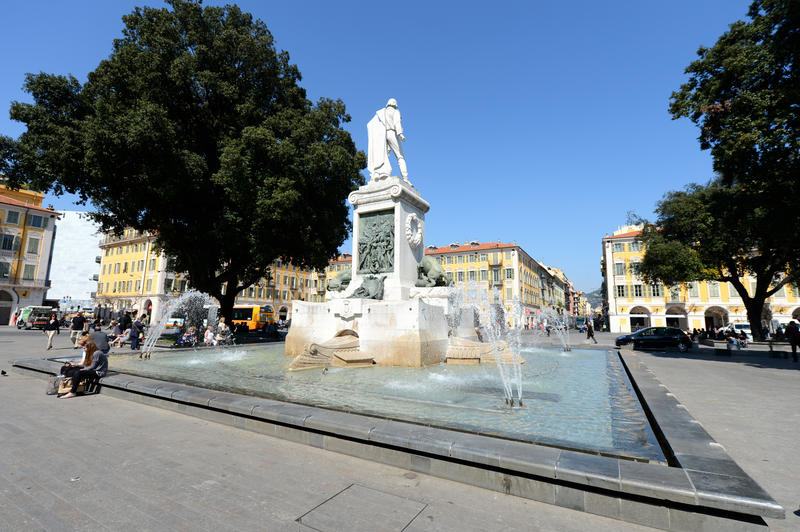
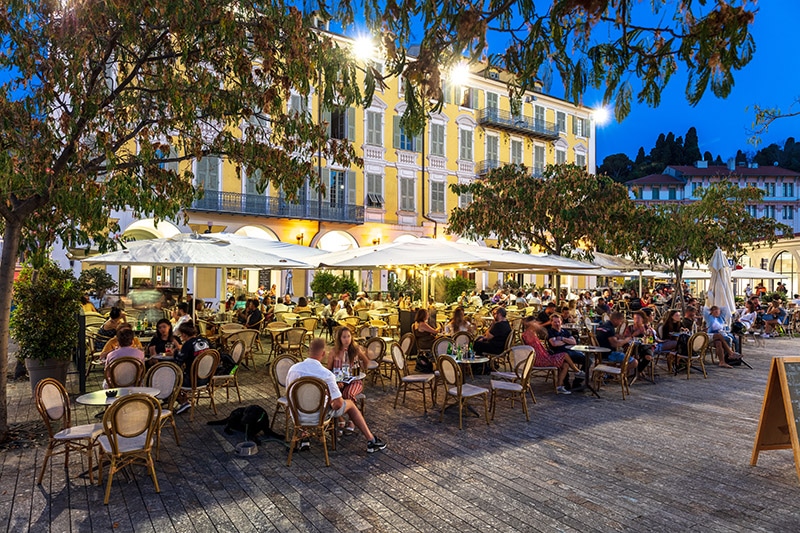
Terrasse animée
@OTM NCA / J.Kelagopian
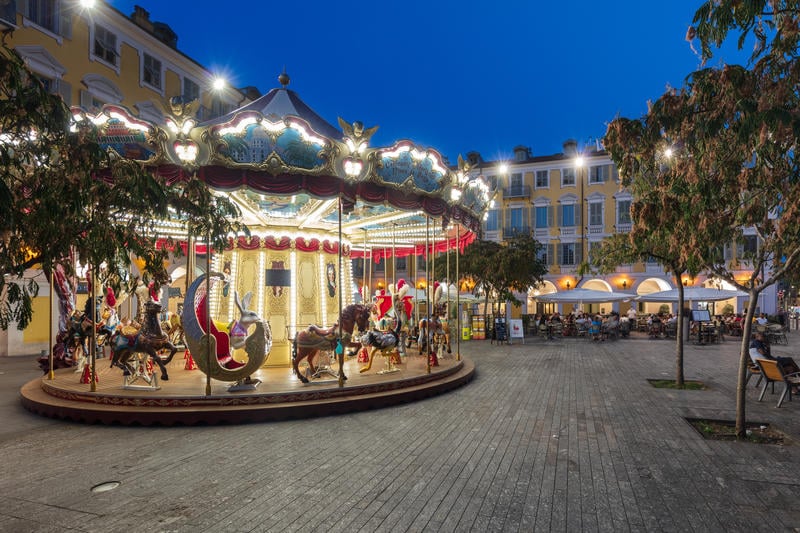
@OTM NCA / J.Kelagopian
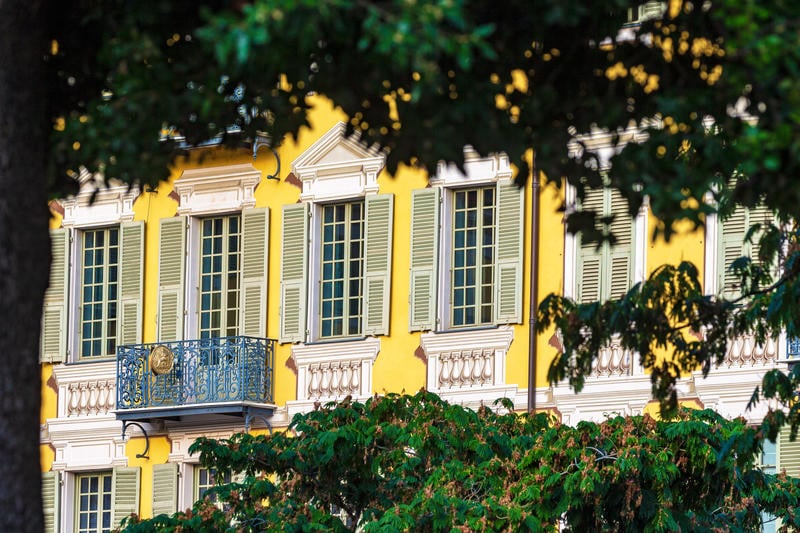
@OTM NCA / J.Kelagopian
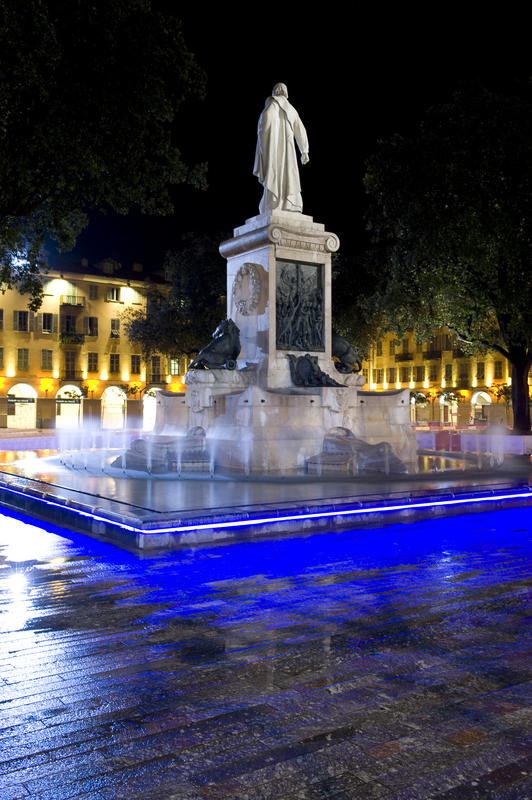
@OTM NCA / H.Lagarde
In the middle of the square, a fountain houses a monumental statue of General Guiseppe Garibaldi, an emblematic hero from Nice who contributed to the unification of Italy in the 19th century. Very recently, a pretty caroussel with a neat and ancient design has been installed, to the delight of the little ones.
On the south side, the Saint-Sépulcre chapel, owned by the Confrérie des Pénitents Bleus, has a triangular pediment and ancient colonnades that blend perfectly into the overall baroque architecture of the square. Now listed, this chapel is open to the public on Tuesday afternoons.
Whether I simply cross this square or linger there, it never leaves me indifferent. There is a resolutely Nice atmosphere here, a “je ne sais quoi” that makes its charm.
Moreover, it is lively, day and night, and ideally situated between Old Nice, the Port, the trendy district of the “petit marais niçois”, the Museum of Modern and Contemporary Art and the Promenade du Paillon. Your footsteps will certainly lead you to this square and that’s good!


